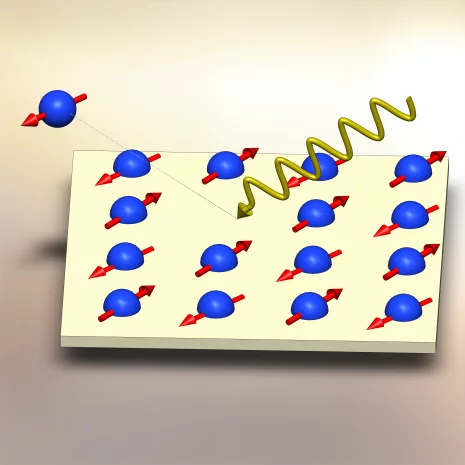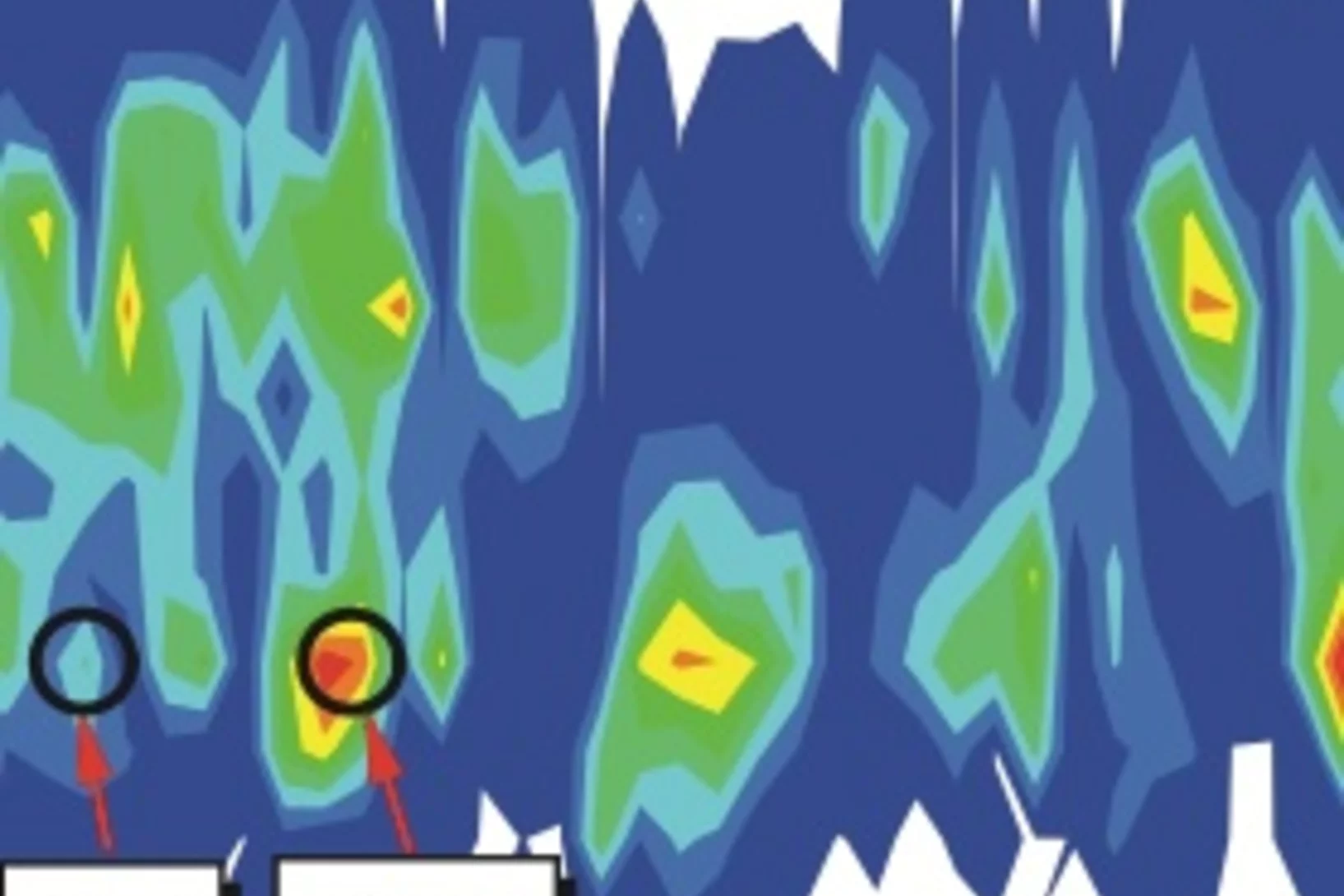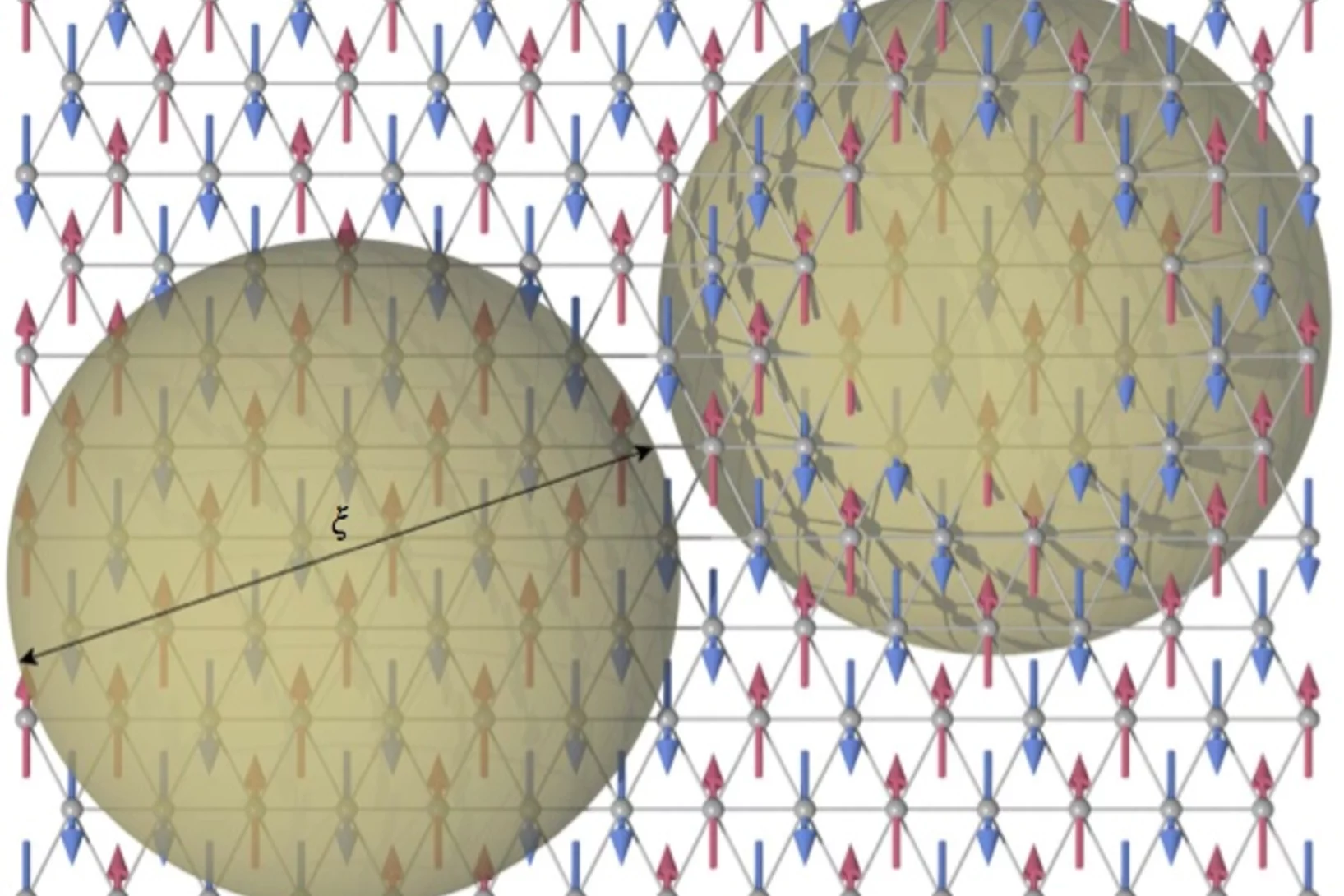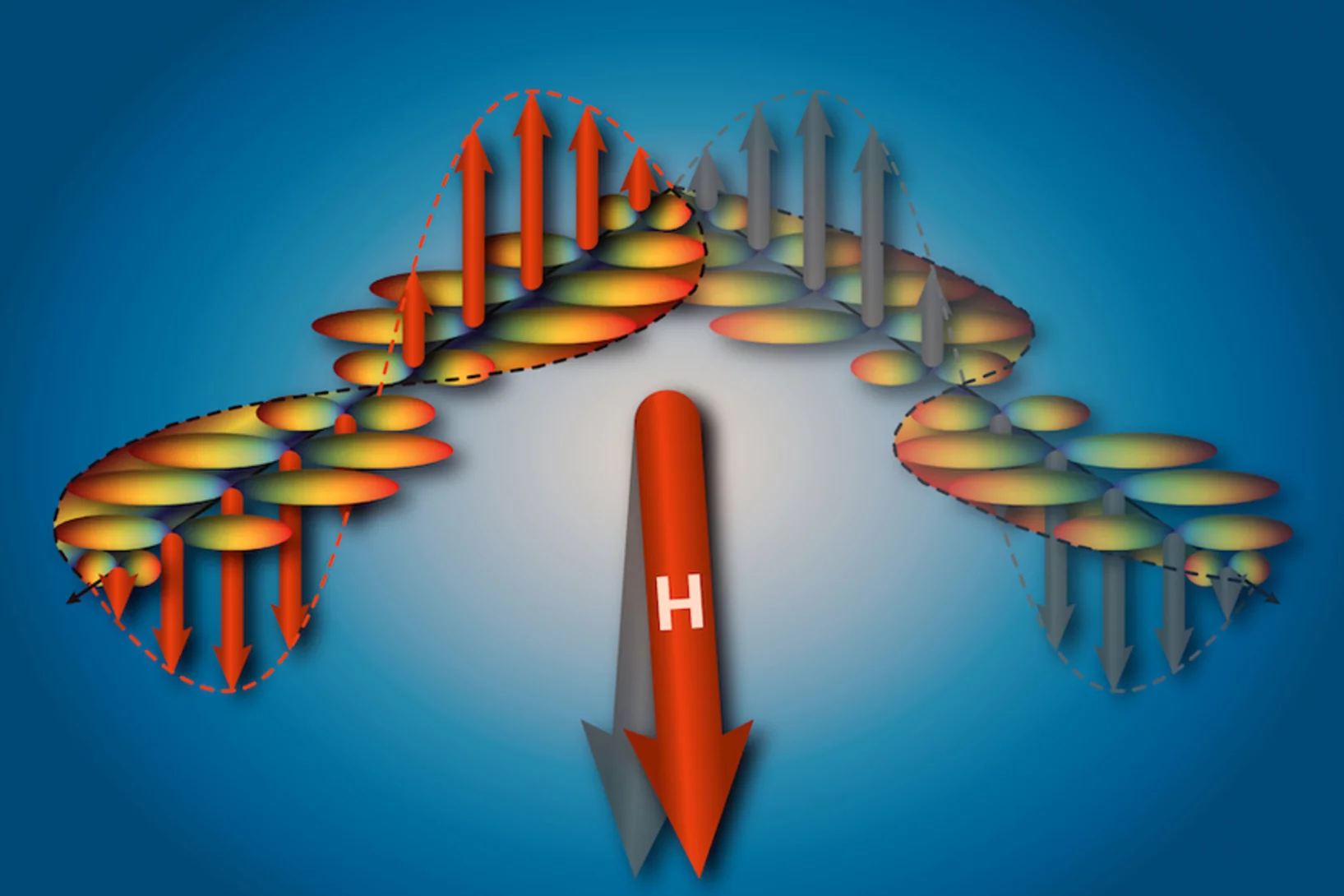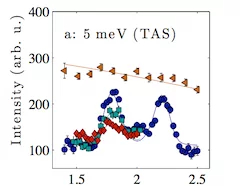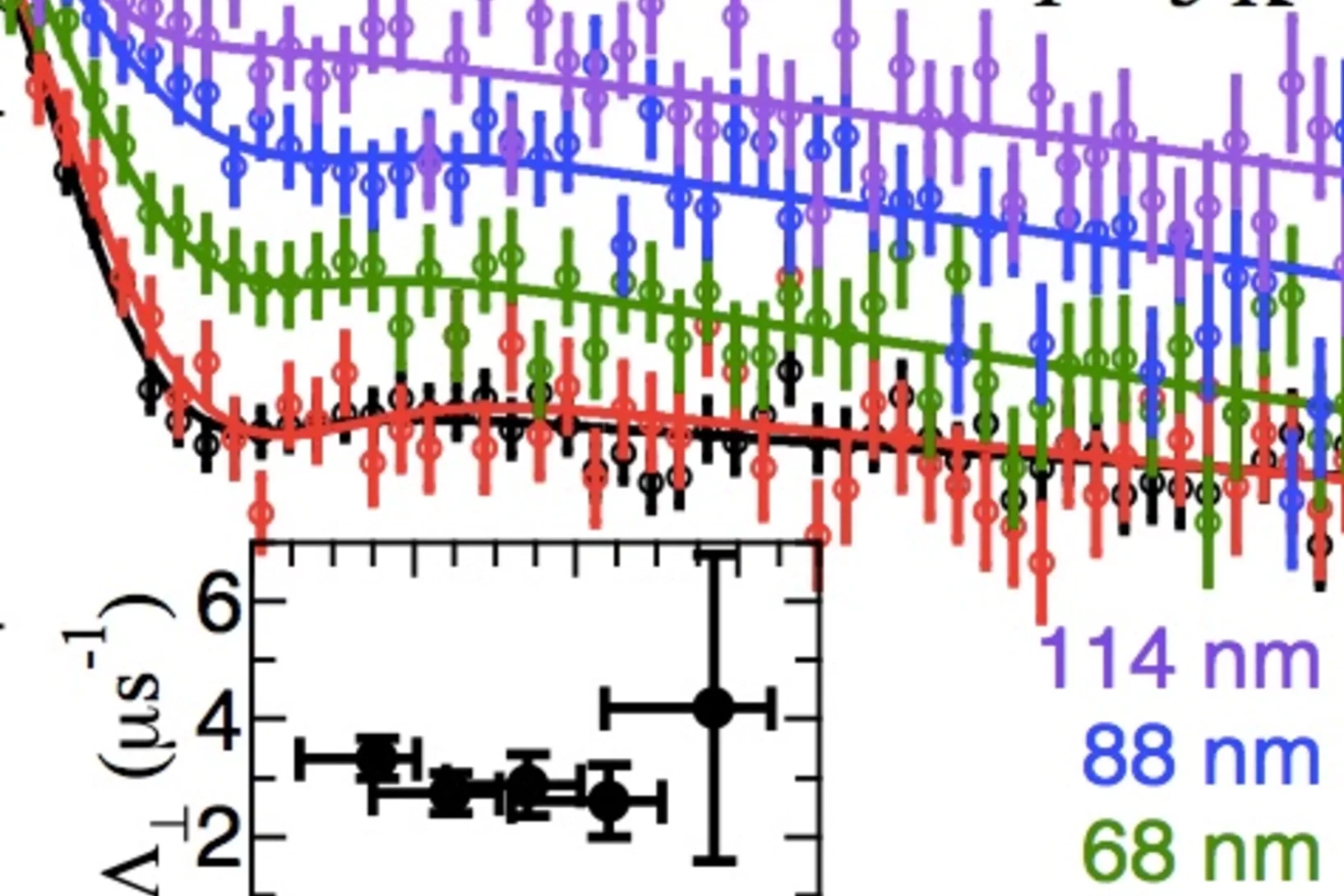Comprehensive study of the spin-charge interplay in antiferromagnetic La2-xSrxCuO4
The origin of the pseudogap and its relationship with superconductivity in the cuprates remains vague. In particular, the interplay between the pseudogap and magnetism is mysterious. Recent low-temperature angle-resolved photoemission spectroscopy (ARPES) experiments on the underdoped cuprate superconductors indicate the presence of a fully gapped Fermi surface (FS); even in the antiferromagnetic phase.
Pressure-Induced Quantum Critical and Multicritical Points in a Frustrated Spin Liquid
The quantum spin-liquid compound (C4H12N2)Cu2Cl6 is studied by muon spin relaxation under hydrostatic pressures up to 23.6 kbar. At low temperatures, pressure-induced incommensurate magnetic order is detected beyond a quantum critical point at Pc ∼ 4.3 kbar. An additional phase transition to a different ordered phase is observed at P1 ∼ 13.4 kbar. The data indicate that the high-pressure phase may be a commensurate one. The established (P-T) phase diagram reveals the corresponding pressure-induced multicritical point at P1, T1 = 2.0 K.
Strong Meissner screening change in superconducting radio frequency cavities due to mild baking
We investigate 'hot' regions with anomalous high field dissipation in bulk niobium superconducting radio frequency cavities for particle accelerators by using low energy muon spin rotation (LE-μSR) on corresponding cavity cutouts. We demonstrate that superconducting properties at the hot region are well described by the non-local Pippard/BCS model for niobium in the clean limit with a London penetration depth λL=23+/-2 nm . In contrast, a cutout sample from the 120C baked cavity shows a much larger λ>100nm and a depth dependent mean free path, likely due to gradient in vacancy concentration. We suggest that these vacancies can efficiently trap hydrogen and hence prevent the formation of hydrides responsible for rf losses in hot regions.
Frustration-induced nanometre-scale inhomogeneity in a triangular antiferromagnet
Phase inhomogeneity of otherwise chemically homogenous electronic systems is an essential ingredient leading to fascinating functional properties, such as high-Tc superconductivity in cuprates, colossal magnetoresistance in manganites and giant electrostriction in relaxors. In these materials distinct phases compete and can coexist owing to intertwined ordered parameters. Charge degrees of freedom play a fundamental role, although phase-separated ground states have been envisioned theoretically also for pure spin systems with geometrical frustration that serves as a source of phase competition.
Switching of magnetic domains reveals spatially inhomogeneous superconductivity
The interplay of magnetic and charge fluctuations can lead to quantum phases with exceptional electronic properties. A case in point is magnetically-driven superconductivity, where magnetic correlations fundamentally affect the underlying symmetry and generate new physical properties. The superconducting wavefunction in most known magnetic superconductors does not break translational symmetry.
Magnetoelastic Excitations in the Pyrochlore Spin Liquid Tb2Ti2O7
Tb2Ti2O7 is often referred to as a spin liquid as it does indeed remain in a magnetically disordered phase with spin dynamics down to 0.05 K, but this itself is a surprise since there are strong expectations of magnetic order and/or a structural distortion. However, throughout the spin liquid regime there are also strong signs of magnetoelastic coupling, leading to the suggestion that both spin and structural degrees of freedom are frustrated.
Bulk superconductivity in undoped T'-La1.9Y0.1CuO4 probed by muon spin rotation
The Meissner effect has been directly demonstrated by depth-resolved muon spin rotation measurements in high-quality thin films of the T'-structured cup rate, T'-La1.9Y0.1CuO4, to confirm bulk superconductivity (Tc ≈ 21 K) in its undoped state. The gradual expelling of an external magnetic field is observed over a depth range of ∼ 100 nm in films with a thickness of 275(15) nm, from which the penetration depth is deduced to be 466(22) nm. Based on this result, we argue that the true ground state of the “parent” compound of the n-type cuprates is not a Mott insulator but a strongly correlated metal with colossal sensitivity to apical oxygen impurities.


